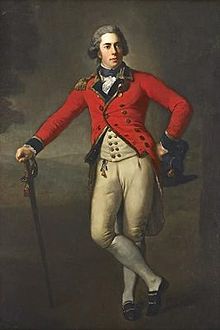The Earl of Elgin | |
|---|---|
 Lord Elgin, by Anton Graff, c. 1788. | |
| British Ambassador to the Ottoman Empire | |
| In office 1799–1803 | |
| Monarch | George III |
| Preceded by | Francis Jackson |
| Succeeded by | William Drummond |
| Personal details | |
| Born | 20 July 1766 Broomhall, Fife, Scotland |
| Died | 14 November 1841 (aged 75) Paris, France |
| Nationality | British |
| Spouse(s) | Mary Nisbet (m. 1799) Elizabeth Oswald (m. 1810) |
| Children | 11, including James, Robert, Thomas, and Augusta |
| Parent(s) | Charles Bruce, 5th Earl of Elgin Martha Whyte |
| Known for | The controversial procurement of marble sculptures from the Parthenon, Acropolis of Athens |
| Signature |  |
Thomas Bruce, 7th Earl of Elgin and 11th Earl of Kincardine, FSA Scot (/ˈɛlɡɪn/ EL-ghin; 20 July 1766 – 14 November 1841), often known as Lord Elgin, was a Scottish nobleman, diplomat, and collector, known primarily for the controversial procurement of marble sculptures (known as the Elgin Marbles) from the Parthenon and other structures on the Acropolis of Athens.[1]
- ^ . Encyclopædia Britannica. Vol. 9 (11th ed.). 1911. pp. 267–268, see first para.